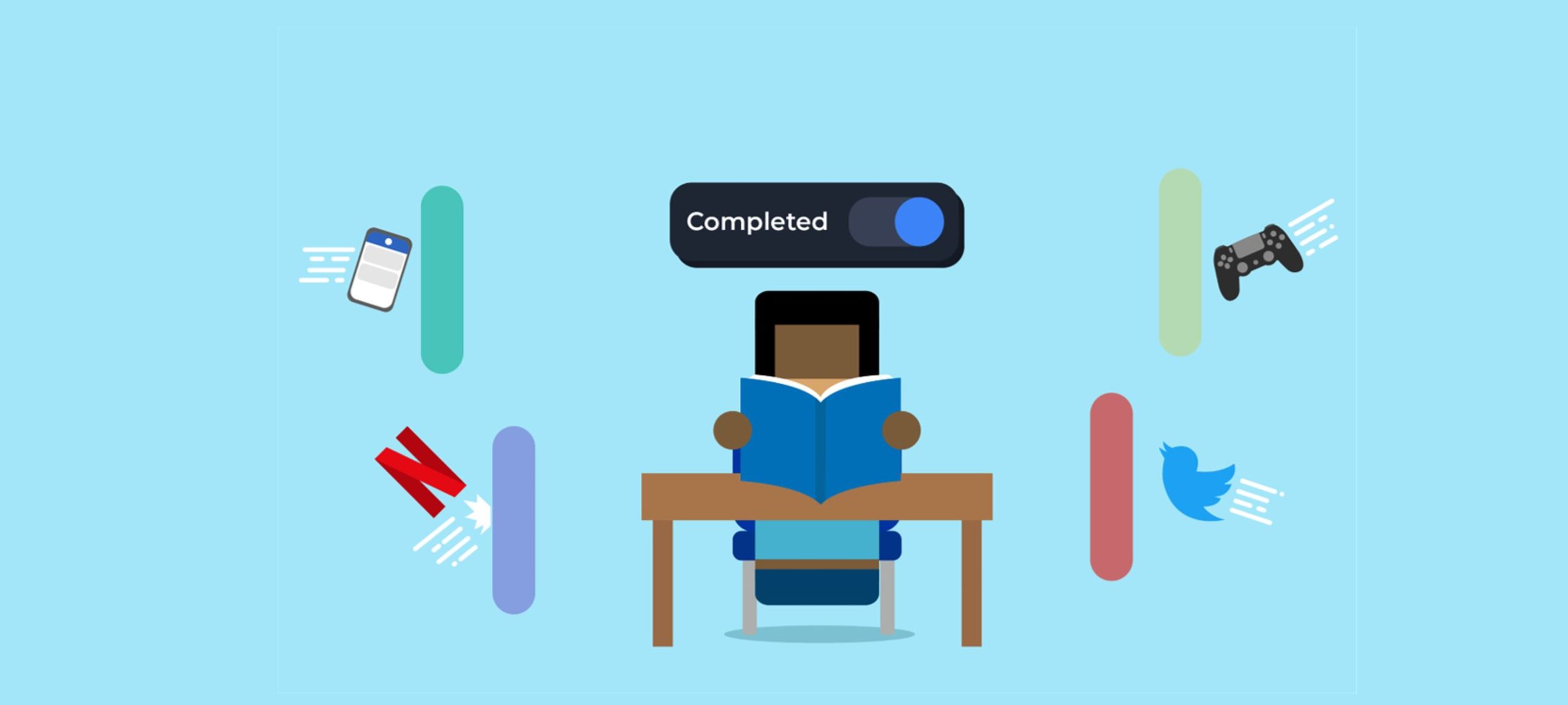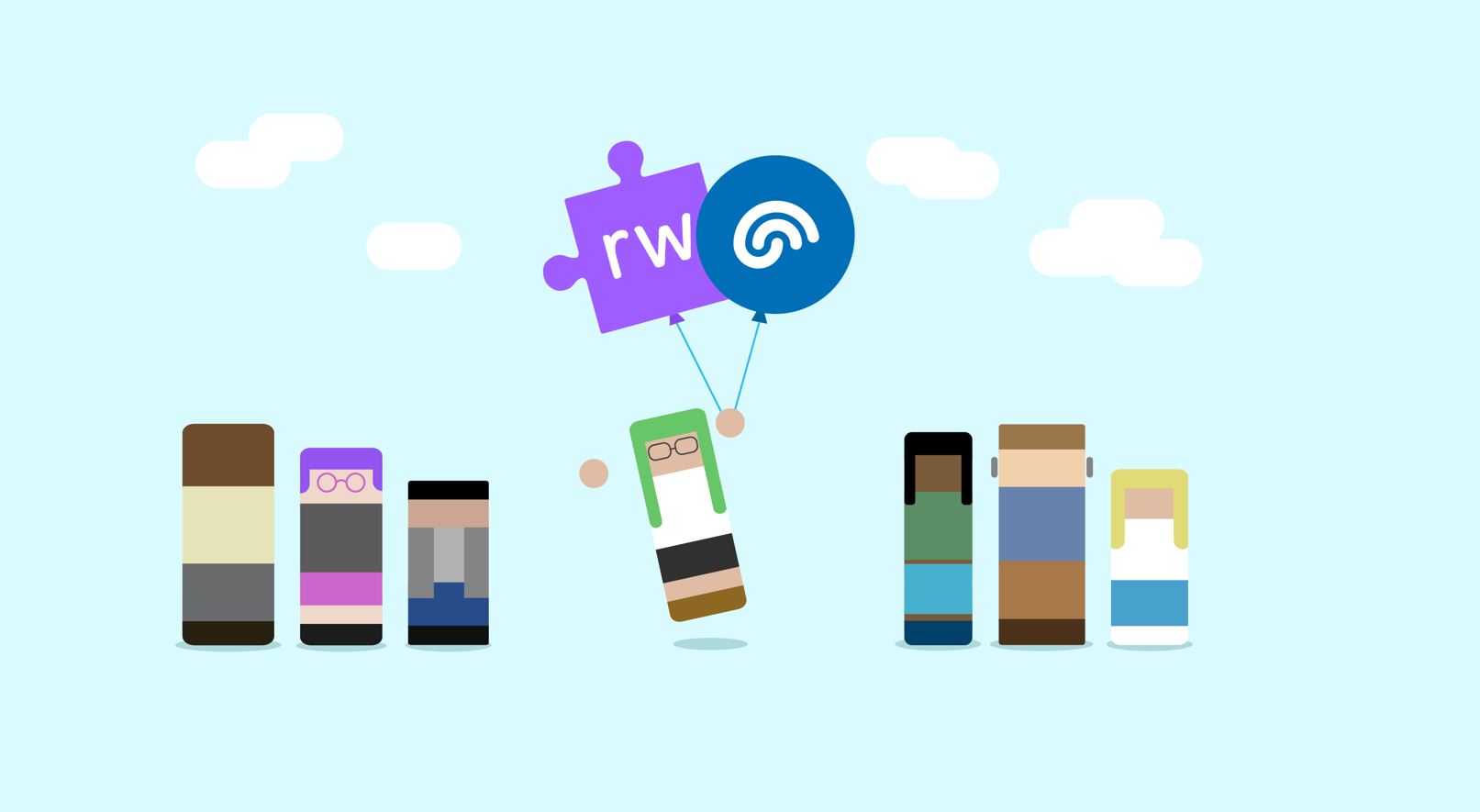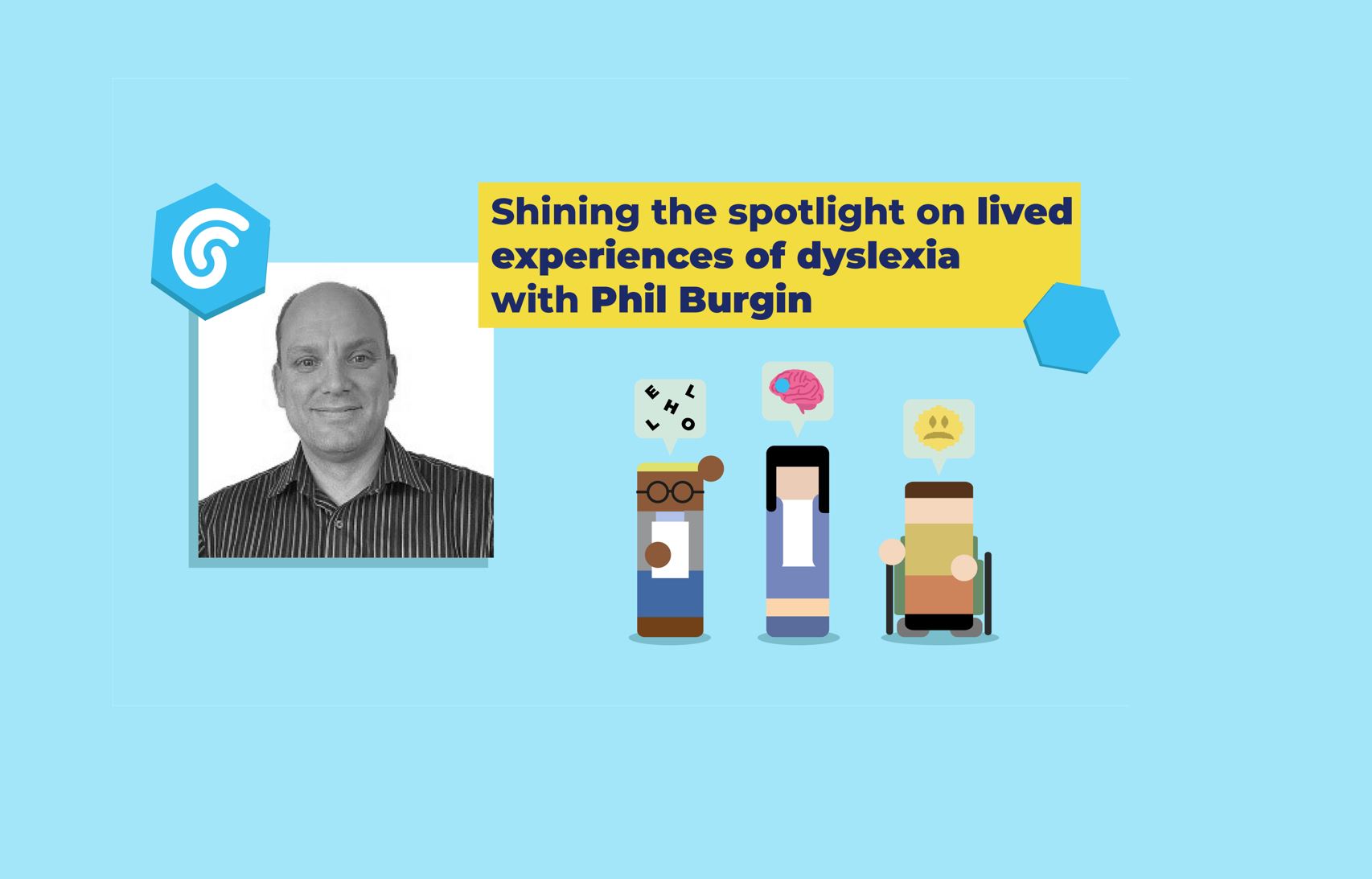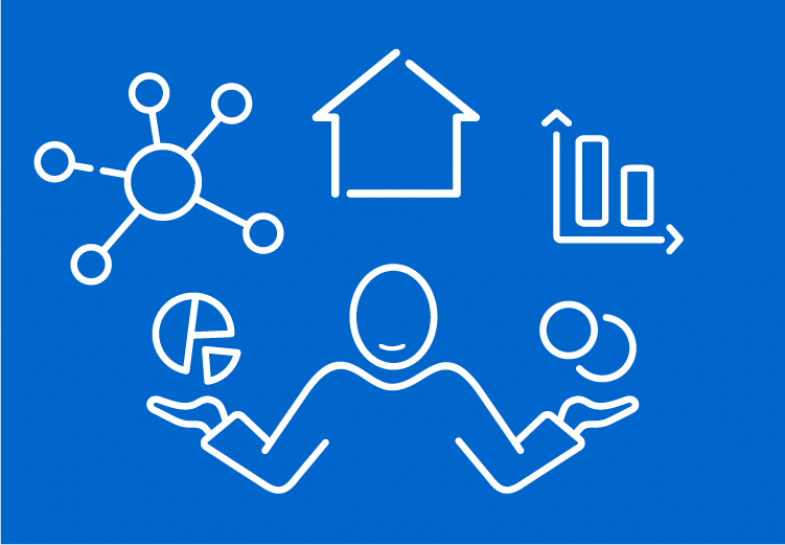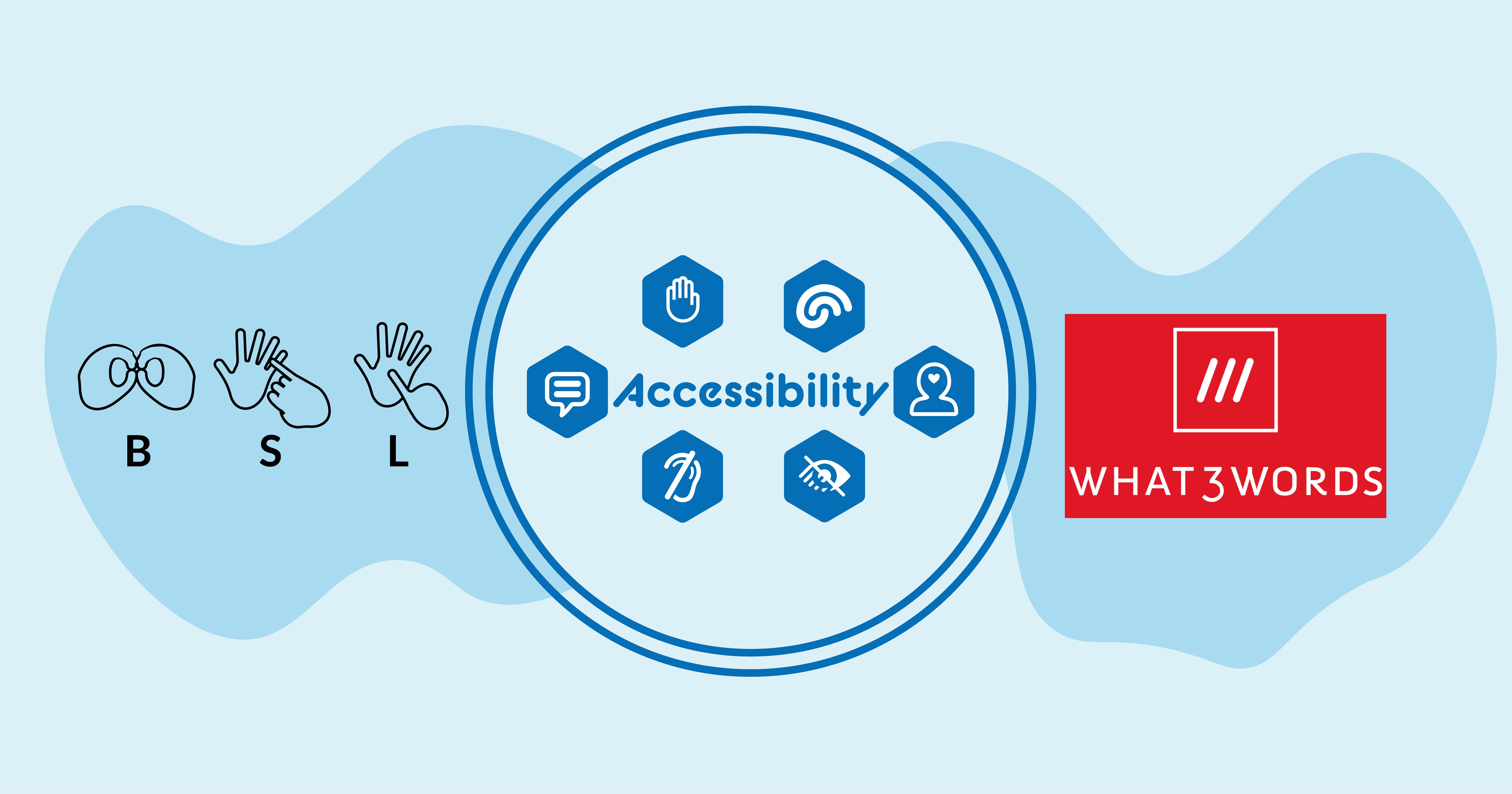Four AT innovations in 2020 that could help combat challenges of the pandemic
There seems to be a national day for everything. Some are just plain ridiculous – anyone planning on celebrating ‘Pretend to be a time traveller day’? However, some national days are useful at highlighting a particular issue. The 18th November – 20th December is UK Disability History Month. It was while I was researching UK Disability History Month that I came across an article by the World Health Organisation that stated ‘only one in ten people in need have access to assistive technology’. There can be a whole host of reasons behind this figure such as lack of availability, training and/or funding etc. Assistive technology (AT) is such a broad term covering everything from toothbrushes to robots and with new products frequently coming onto the market it can be difficult to make sure you’re aware of all the new developments. That’s why this month, at the end of 2020, I decided to share with you my favourite AT finds from the past 12 months. I’d love to know your thoughts on any of the below AT, especially if you have had any first-hand experience of it. Also let me know if you think there’s a new and innovative AT that I missed off my list.
1. Robots vs poor mental health
There’s no denying 2020 has seen the topic of mental health come to the foreground. With local and national lockdowns causing large amounts of the country to spend time away from friends and family, people have been dealing with mental health conditions that they may not have experienced prior to the pandemic. One of the main issues being loneliness. Earlier this year robots were used in a number of care homes to help tackle the issue of loneliness.
The robots can move independently and gesture with robotic arms and hands. After some initial programming, the robots can learn about the interests of the care home residents, have basic conversations with them and even play their favourite music or teach them a new language.
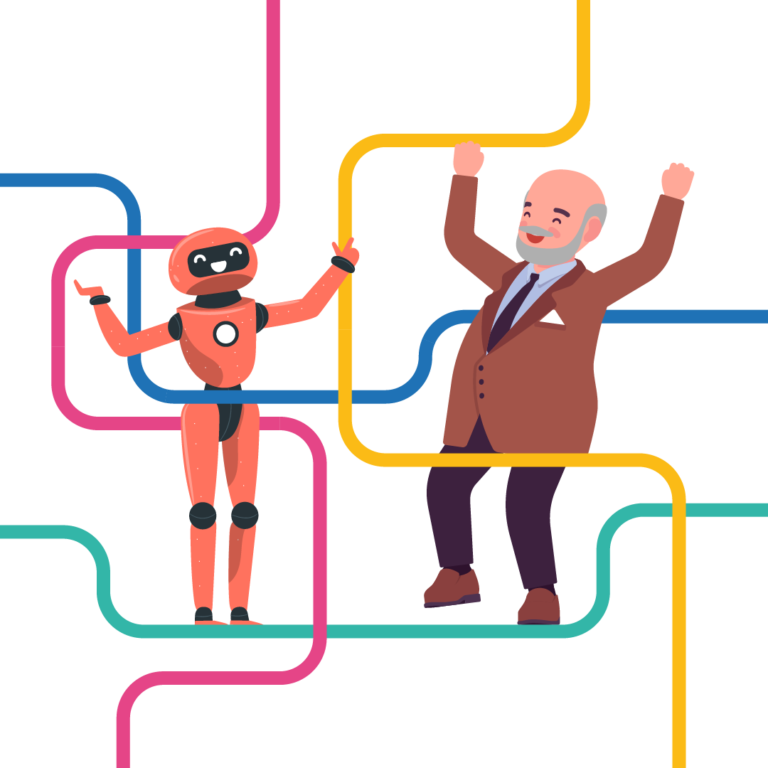
Trials showed care home residents who interacted with the robots had a significant improvement in their mental health. You may think this sounds like something from a sci-fi film, I know I did when I read about it, but robots are not a new concept. Is this not just a step up from having Siri or Alexa available at the sound of your voice?
Before the pandemic it was reported that 45% of adults feel occasionally, sometimes or often lonely in England. This equates to twenty million people. Research by Sense has shown that up to 50% of disabled people will be lonely on any given day. Could we eventually live in a world where robots are commonplace to prevent feelings of loneliness? Not sure it gives me a warm and fuzzy feeling, but this is certainly a positive use of innovative technology for a very current, growing issue.
2. Smart glove signing vs face mask barriers
With social distancing coming into effect and face coverings become the literal must-have fashion accessory, 2020 has made us rethink the way we communicate with each other. The way you communicate with someone should empower you, not restrict you.
Earlier this year, bioengineers in America revealed a glove that can translate American Sign Language to speech in real time. The glove contains thin, stretchable sensors which run to the fingertips and can pick up motions and finger placement thanks to electronically conducting yarn – I’m not sure you’ll find that on the shelves in Hobbycraft! The device turns the finger movements into electrical signals which are sent to a small piece of circuit board (about the same size of a coin) which the user wears on their wrist. The circuit board then transmits these signals, via Bluetooth, to an app on your smartphone or tablet which will then display what has been signed.
This AT could not have come at a better time. AT can help people with hearing impairments communicate with a wider audience, whilst maintaining their social distance. However, it’s important to not take AT developments, like this one, for granted. I will still be increasing my sign language vocabulary so that I can also communicate with a wider audience.
Last year eQS held a lunch ‘n’ learn session on sign language, which was one of my favourite lunch ‘n’ learn sessions ever. Thanks to the session, and a campaign we ran during Deaf Awareness Week this year, I can sign ‘Hello. My name is Emma’ and ‘Stay home. Stay safe,’ and hopefully we will have another workshop next year so I can pick up some basic conversational skills.
3. Reading devices vs too much screen time
Earlier this year the OrCam Read was released and I was lucky enough to try it out. It is a portable reading device, created to support those with visual impairments but also as an aid for dyslexia or reading fatigue.
Trying this first-hand was a useful way of understanding how this could empower individuals with dyslexia or reading fatigue. With remote learning becoming the norm in 2020, some students have found it difficult to adapt to this new way of learning, which has increased our screen time. The OrCam Read helps them learn independently while they are away from the conventional classroom setting. As I found out first-hand, it can also help with day-to-day activities like baking that instagrammable banana bread we all tried our hand at during lockdown.
The device has two modes. Frame mode, where a frame appears that you position around the specific text you want read aloud, and pointer mode which displays a single red dot which allows you to more accurately select a specific word to start reading from.
I started a new book called ‘Three Women’ by Lisa Taddeo and used this as an opportunity to try it out. After staring at a laptop all day, it was nice to have something read aloud to me and saved straining my eyes, especially with it getting dark about 3pm at the moment. I also used it while I was whipping up some mince pies. I got the OrCam Read to snapshot the whole recipe then, using the pause, play and skip buttons, I had the recipe read to me as I went along.
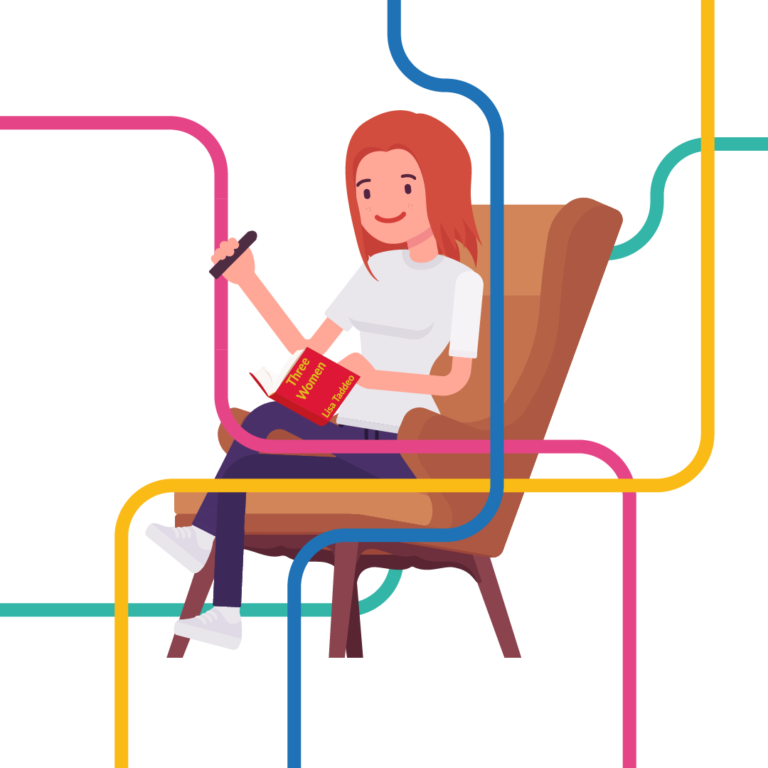
4. Eye-movement control vs isolation
The world’s first eye-controlled device for iPad Pro was also released this year. Skyle has two tracing devices which detect your eye movement and turns them into pointer movements on your iPad, enabling users with conditions such as cerebral palsy, ALS and spinal cord injuries to use all the features of their iPad Pro.
By having this functionality users can experience new independence and benefits that come from being able to easily stay in contact with friends and family electronically via Zoom calls and social media. Something that has become the norm during the pandemic, especially for those having to shield at home for falling into a higher risk category.
Sadly, the Skyle is only available to use with iPad Pros but a year ago this device wasn’t even on the market so hopefully, as more people discover it and the demand for variations becomes apparent, it will become available for all devices.
To see how empowering this particular AT is to someone who is suffering from ALS, check out the review below, which was written by only using the Skyle:
What will the future hold?
AT users can experience greater independence thanks to new AT developments, and as Pretend to Be a Time Traveller Day took place this month why not envision how you think AT could progress in the future? Do you have an innovative idea? Or is there an issue that isn’t currently supported any existing AT? Just think, if the above innovations happened over the last year, imagine what could be available in five, ten, even twenty years? Maybe we’ll see AT go to infinity and beyond.
Other blog articles


